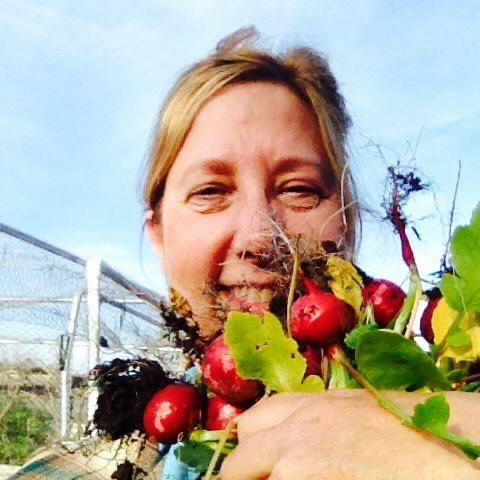Your Garden … with Sharon McCray: Whatever are we going to do with all these tomatoes from our garden?
Gardener offers cooking tips for tomatoes and zucchini
![]()

By Sharon McCray
 Just how many zucchini can one family eat? Yes, it’s that season when abundance abounds and we gardeners are left with the overwhelming dilemma what to do with too much produce.
Just how many zucchini can one family eat? Yes, it’s that season when abundance abounds and we gardeners are left with the overwhelming dilemma what to do with too much produce.
As I write this, the blossoms are just a promise and I realize that weather, travel, pests and other variables will dictate this year’s garden success.
I know I can always count on the zucchini to over produce, forcing creative way to do something with them. Breads for fall breakfasts, pickles for summer burgers and just plain cooking on the barbecue for a quick meal.
A couple of years ago, I stumbled upon a new idea in dealing with the giant zucchinis that somehow didn’t get harvested when they were tasty and small. After removing the seeds, cut the meat like French fries. Then dredge the pieces in a mixture of bread crumbs and Parmesan cheese after a quick dip in olive oil. Set the oven to 375 and bake for no more than 15 minutes — and there you have a healthy appetizer.
Now as for those tomatoes. So many options and opportunities to get creative. My dear friend Dot Maley showed me how to roast tomatoes and prepare a fantastic base for winter dinners. Simply cut fresh tomatoes into pieces, usually four or five pieces per fruit. Then, a few slices of onion and some fresh peppers, bells or others. Lay them out on a rimmed cookie sheet, drizzle some olive oil over the top, season with salt, pepper and a little garlic. Place in an oven set at 350 for about 40 minutes. Stir and drain off excess liquid and cook for another 30 minutes, scraping the bottom of the pan once in a while to keep from sticking. Remove from oven, cool and put into storage containers. It will keep in the freezer for several months.
 This simple process will remove the excess liquid and leave an amazing sauce that can help create an instant “summer” flavored pasta dish or soup. Use it to top off pizzas or just about anything needing a quick complement of flavor.
This simple process will remove the excess liquid and leave an amazing sauce that can help create an instant “summer” flavored pasta dish or soup. Use it to top off pizzas or just about anything needing a quick complement of flavor.
Now onto the basil. I always seem to over-plant this amazing herb. Even though basil seems so fragile, it holds up to make an amazing pesto. In a food processor, crush walnuts or pine nuts until a soft pulp. Add the fresh basil leaves into the food processor with olive oil to achieve the right consistency.
The pesto will freeze well. It can be used immediately for an amazing pasta or pizza dish. Be sure to save from fresh leaves as a garnish. Drying herbs is simple, and the intensity of the freshly dried herbs will give that added bit of zing to future recipes. I simply tie the fresh leaves with string and hang upside down in a cool dark place — our hallway works perfectly.
Remember, dried herbs are concentrated flavors. I equate about four times fresh leaves when compared to dried. Oregano is another herb that dries well.
One useful gardener’s “secret” concerns cilantro. The flower heads of cilantro turn into coriander seeds and can be used both as an herb and a spice. What is the difference? Cilantro is the classic definition: herbs are green and leafy (think basil) while spices are usually dryer and brown (think pepper).
An interesting little known fact is that coriander seeds are one of the longest used culinary spices, dating back to 5000 B.C. Another fun fact, when used to stimulate the liver, it can help reduce bad cholesterol and triglyceride levels.
One final remark: any produce you grow but can’t use can be left curbside for your neighbors to enjoy or taken to local food banks. Lots of hungry people really do appreciate our local fresh summer bounty.
Sharon McCray is a California native living in Santa Clara County since 1959. She became certified as a University of California cooperative extension master gardener in 1992 and a UCCE master naturalist in 2015. She hosts a radio show on KKUP public radio and is now retired.
